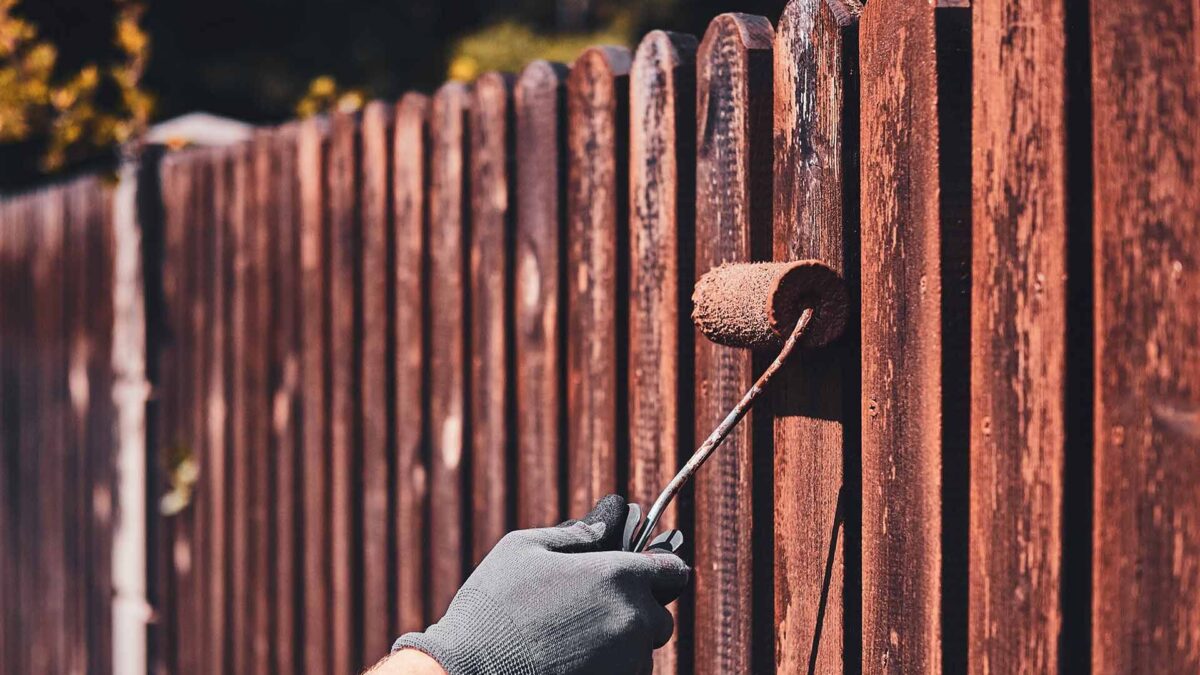Austin’s humid environment can be challenging for wooden fences, particularly those stained for both protection and aesthetic needs. Wood can distort, fade, and even grow mildew or mold depending on high humidity, regular rain, and strong sunlight. Regular maintenance is absolutely necessary to keep your stained fence looking wonderful and working as it should. Here, learn more about how to guard your fence from Austin’s climate.
Choose the Right Stain for Humid Conditions
Particularly with Austin’s weather, not all stains are made equal. Choose a premium, oil-based stain having UV protection and waterproofing qualities. Offering better moisture resistance than water-based solutions, oil-based stains pierce further into the wood. Ideally, a semi-transparent stain lets the wood grain come through while also offering color and protection.
Clean the Fence Regularly
Dirt accumulation on your fence, mildew, and mold can all result from humidity. Clean your fence at least twice a year using a mild soap and water solution or a specialist wood cleaner to stop this. A mix of white vinegar and water might assist with tough mold areas. Scrub the surface lightly with a soft brush; rinse with a garden hose. High settings of pressure washers should be avoided since they can damage the wood and peel the stain.
Reapply Stain as Needed
Austin’s intense sunlight and humidity will finally remove even the strongest stain. To keep the color and protection of your fence, schedule a two- to three-year stain application. To eliminate any old or flaking stain, gently sand the surface before staining; then, apply a fresh layer using a brush or sprayer. To prevent moisture from being trapped, make sure the fence is totally dry before staining.
Seal and Protect the Wood
Apart from staining, adding a clear waterproof sealer can provide further defense against moisture damage. Look for a sealer including UV inhibitors to stop sun-related fading. For best effects, use the sealant just after staining.
Trim Nearby Vegetation
Overgrown bushes, vines, or plants could trap moisture against your fence and cause rot and mold growth. Frequent trimming of the vegetation helps to create air circulation around the fence, so maintaining its dryness and lowering the danger of damage.
Inspect for Damage and Repair Promptly
Look for warping, breaking, or decaying regularly in your fence. See loose boards, protruding nails, or soft areas; fix them right away to save more degradation.
Following these maintenance guidelines will help you to learn more; despite Austin’s humid climate, your stained fence stays strong, appealing, and durable. Regular maintenance will increase the lifetime of your property and ensure it looks fantastic all year long.
Related posts
Categories
Recent Posts
Tags
Calendar
| M | T | W | T | F | S | S |
|---|---|---|---|---|---|---|
| 1 | ||||||
| 2 | 3 | 4 | 5 | 6 | 7 | 8 |
| 9 | 10 | 11 | 12 | 13 | 14 | 15 |
| 16 | 17 | 18 | 19 | 20 | 21 | 22 |
| 23 | 24 | 25 | 26 | 27 | 28 | 29 |
| 30 | ||||||

